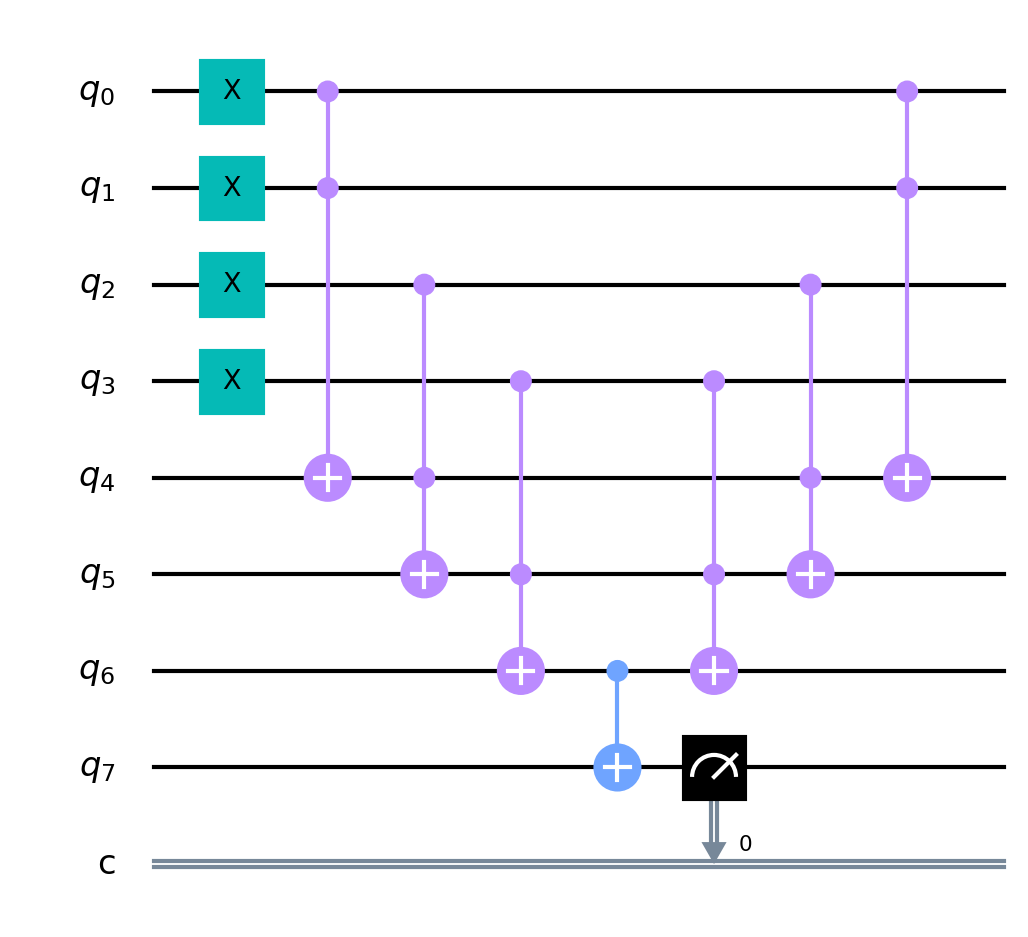In the realm of quantum computing, gates emerge as the fundamental building blocks, akin to the vibrant brushstrokes on a canvas. Each quantum gate manipulates qubits—quantum bits—that serve as the basic unit of information, much like classical bits in traditional computing. However, the properties of qubits introduce a new dimension, inviting a captivating narrative that transcends conventional methodical paradigms. This exposition embarks on an exploration of single qubit gates, unraveling their significance, unique properties, and an implementation guide utilizing Qiskit, the leading quantum programming framework.
At the heart of quantum computation lies the qubit, a two-state quantum system that can elegantly exist in superposition. Unlike a classical bit, which is unequivocally either 0 or 1, a qubit embodies both states simultaneously. This duality allows quantum gates to perform computations in a manner that is both parallel and exponential. To provide a touch of metaphorical elegance, consider a qubit as a spinning coin, existing in a state of blur until observed. The single qubit gates serve as instruments that control this spinning dance, choreographing the transformation of qubit states.
Single qubit gates can be encapsulated within several archetypes, most notably the Pauli gates, the Hadamard gate, and the phase gates. The profound simplicity and power of these gates lie in their ability to manipulate the phase and amplitude of qubit states, yielding a rich array of possible operational outcomes guaranteed to astound even the most seasoned quantum enthusiast.
The Pauli gates, namely X, Y, and Z, epitomize the cornerstone of quantum manipulations. The X gate, often referred to as the quantum NOT gate, effectively inverts the state of a qubit. Analogous to flipping a light switch, the X gate transforms the qubit’s state from |0⟩ to |1⟩ and vice versa. Within Qiskit, implementing the X gate is seamlessly intuitive:
from qiskit import QuantumCircuit
# Create a Quantum Circuit with one qubit
qc = QuantumCircuit(1)
# Apply the X gate
qc.x(0)
# Draw the circuit
qc.draw('mpl')
In this instance, the QuantumCircuit class facilitates the creation of a quantum circuit, while the `x` method applies the X gate to the qubit at index 0. This simple yet profound manipulation elevates the qubit from its initial state, demonstrating the transformative prowess of quantum gates.
Further enriching the tapestry of quantum operations, the Y and Z gates extend the narrative. The Y gate entwines the effects of both the X and the Hadamard gates, incorporating a phase rotation coupled with bit-flipping. The Z gate, on the other hand, merely introduces a phase shift of π, imparting a nuanced transformation that can be pivotal in more intricate algorithms.
Transitioning to the Hadamard gate, one finds a gate of peculiar elegance. The Hadamard gate, often symbolized by H, performs a transformation that produces superposition from a distinct state. Thus, it serves as both a gate of creation and possibility:
qc.h(0) # Apply the Hadamard gate
Executing the Hadamard gate on a qubit initialized in state |0⟩ spins the qubit into an equal superposition of |0⟩ and |1⟩, which can be represented in a stunning duality:
H|0⟩ = (|0⟩ + |1⟩)/√2
This phenomenon mirrors the transformation of a solitary note into a symphonic harmony, where each possibility resonates in parallel, enriching the computational landscape.
Another genre of single qubit gates comprises the phase gates—most notably, the S and T gates. These gates serve to modify the phase of qubit states without affecting their amplitude. The S gate implements a π/2 phase shift, while the T gate delivers a π/4 phase shift. Both are instrumental in constructing quantum algorithms that exploit phase information.
qc.s(0) # Apply the S gate
qc.t(0) # Apply the T gate
The introduction of these gates adds layers of complexity, akin to the subtleties of a fine masterpiece where every brushstroke contributes meaningfully to the whole. Each single qubit gate embodies a distinct operational flavor, collectively crafting a rich vocabulary for quantum programming.
The unique appeal of single qubit gates lies not only in their mathematical elegance but also in their capacity to execute complex quantum algorithms. When composing quantum circuits, these gates allow for the construction of entangled states, facilitate gate teleportation, and enable quantum error correction—each step a progression towards unlocking the cryptographic power that quantum computing promises.
As one delves into the implementation of quantum algorithms in Qiskit, it becomes evident that single qubit gates are indispensable tools that will consistently appear throughout various quantum tasks. Their versatility, coupled with the intricate interplay between classical and quantum worlds, underscores the need to master these concepts for success in quantum endeavors.
In summation, single qubit gates in quantum computing present a meticulous blend of artistry and science. Their intricate operations echo the profound complexities of the quantum realm, inviting scholars and practitioners alike to engage with its mysteries. As the field of quantum computing continues to evolve, the foundational knowledge of these gates will remain pivotal to unraveling the multifaceted layers of this groundbreaking technology.












